The integration of new technological features is changing the dynamics of business operations and offering new values to the customers. The same phenomena is also unfolding in the power utilities market place; with the maturing of the concept of smart grids capable of two-way communications. During the recent past, several utilities have adopted the Advanced Metering Infrastructure in order to increase the efficiency of the utility systems.
AMI – A Brief Explanation
Advanced Metering Infrastructure combines smart meters, data management systems, and communications networks, enabling two-way communications between customers and utilities. The system measures, collects, as well as analyzes energy usage, and further communicates with measuring devices, like electricity meters, heat meters, gas meters and water meters. There is an abrupt shift in the advanced metering infrastructure system from previously used methods for a meter reading.
The conventional method of meter reading uses AMR technology that allows reading of utility meters by walking near the meters and using handheld devices for recording consumption data. Certain issues like data quality, manual transferring of data, and or missed reading affect the billing accuracy of such a system.
The integrated system of AMI comes with a number of smart features that were not available earlier in the older systems. A few crucial features like remote and automatic measurement of utility usage, connecting and disconnecting service, detection of tampering, monitoring voltage, etc., make such a system very useful. AMI systems can also manage energy cost and consumption and can help in reducing peak demand.
Components of AMI
The most fundamental layer of a smart grid system is AMI integrated into several technologies, centered around a lot of networks. There are a few major components that include the smart meter, collector, as well as a server system for connecting to a number of systems. The data is collected and communicated to Head-End Systems for sending to MDMS for managing, validating, and cleansing before making the data available for use to the utility service providers.
The vital components of the AMI system are as follows:
Most Important Features of AMI System
Smart meters are able to disconnect consumers remotely if there is an instance of default payments, which is a great benefit for businesses. For consumers, smart meters can help to optimize water metering, as well as other utilities like electricity metering, gas metering, etc. Such optimization possibilities help consumers optimize energy usage and reduce energy expenses.
A few important functionalities that smart meters provide generally are:
Moreover, AMI is capable of representing consumer consumption data as well as the status of the grid. AMI ensures the presentation of authentic data and precision in communicating with the intended devices. Besides this, AMI can support future expansion possibilities and can host the latest facilities that are beyond the requirements of AMI.
The core module among all such systems is MDMS that has the core responsibility of performing validation, estimation, as well as editing AMI data. Such actions ensure the flow of accurate information for the modules requesting more information for further application. The functionalities and features for MDMS may vary from a vendor to another vendor, and among all requirements, the application of the data topics remain most important.
Key Considerations Utilities Need to Make While Buying an AMI solution
AMI infrastructure does not operate based on a single technology, but it integrates several technologies. Thus, the technical expertise, time for deployment, resources, monitoring, and managing the AMI system is complex as well as demanding. A few key considerations that utilities should consider while selecting an AMI service provider are as follows:
Top EMI suppliers
The increasing demand for smart water, gas, and electricity meters are fueling the growth of the Advanced Meter Infrastructure market. A few key players that are contributing to the supply of next-generation AMI are as under.
Intelligent smart grid utilizing AMI based smart meter is replacing the conventional grid and AMR system rapidly. The Advanced Metering Infrastructure benefits both utility companies and consumers to gain firsthand information and to optimize performance as well as reducing cost. The improved two-way communication system, control schemes, data analysis, smart meters, networking, and many more, ensure stability and better quality of power triggering the growth of AMI.
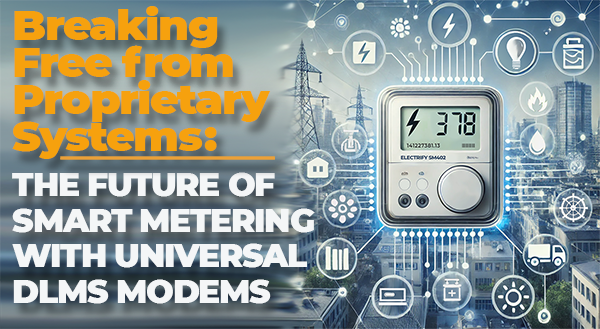
In the modern utility landscape, efficient data collection and management are key to maintaining operational effectiveness. Most utilities rely on […]
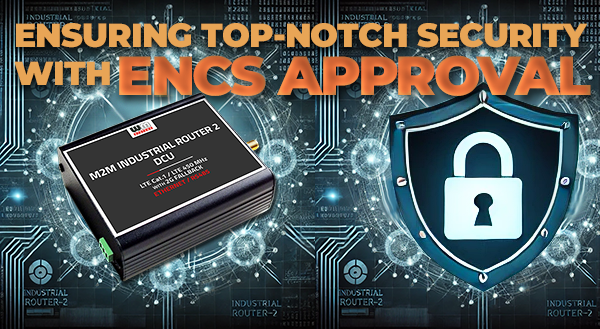
A Testament to Compliance with Key Cybersecurity Standards

We are thrilled to announce that Ali Mouslmani has joined WM Systems as our new partner in the United Arab […]
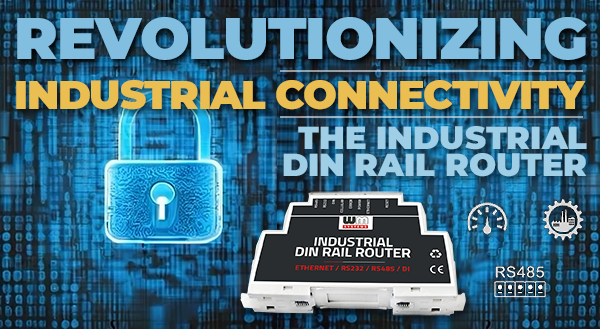
Introduction In the rapidly evolving world of industrial automation and IoT, the demand for compact, versatile, and efficient communication solutions […]

Introduction The fourth industrial revolution, or Industry 4.0, is redefining the landscape of industrial operations. Key to this transformation is […]

The group of WM Systems LLc.

Solar plants and farms are complex systems with a variety of equipment that needs to be monitored and controlled. This […]

Industrial settings are replete with equipment that demands efficient connectivity solutions. With the rise of the Internet of Things (IoT) […]
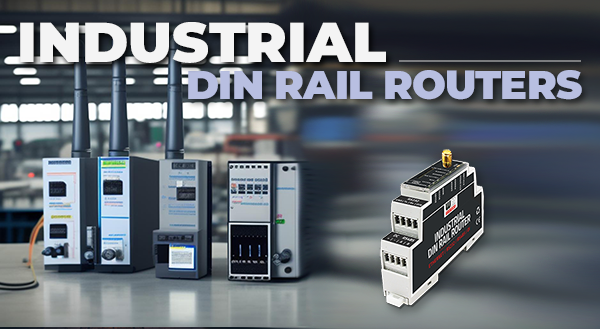
DIN-rail mountable industrial routers are an essential component of many industrial applications. They provide a reliable and secure way to […]
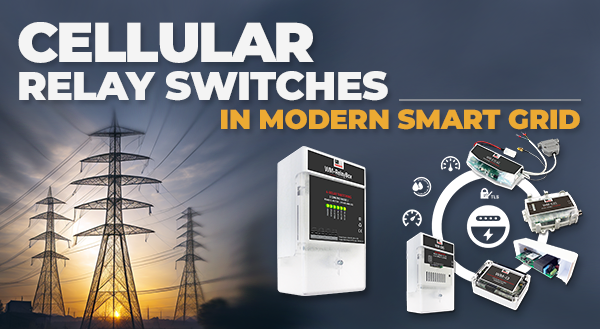
Make the modern smart grid more secure, resilient, and sustainable
